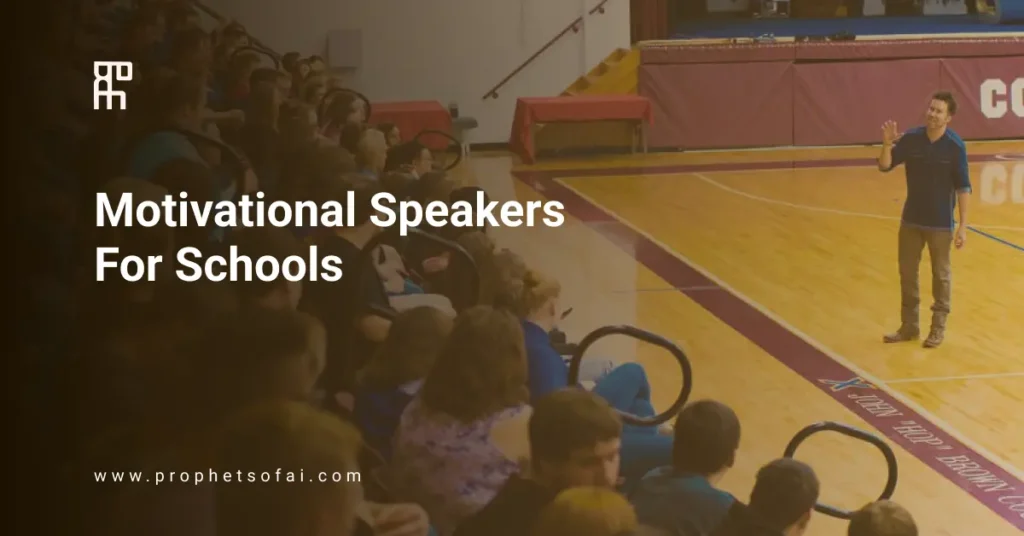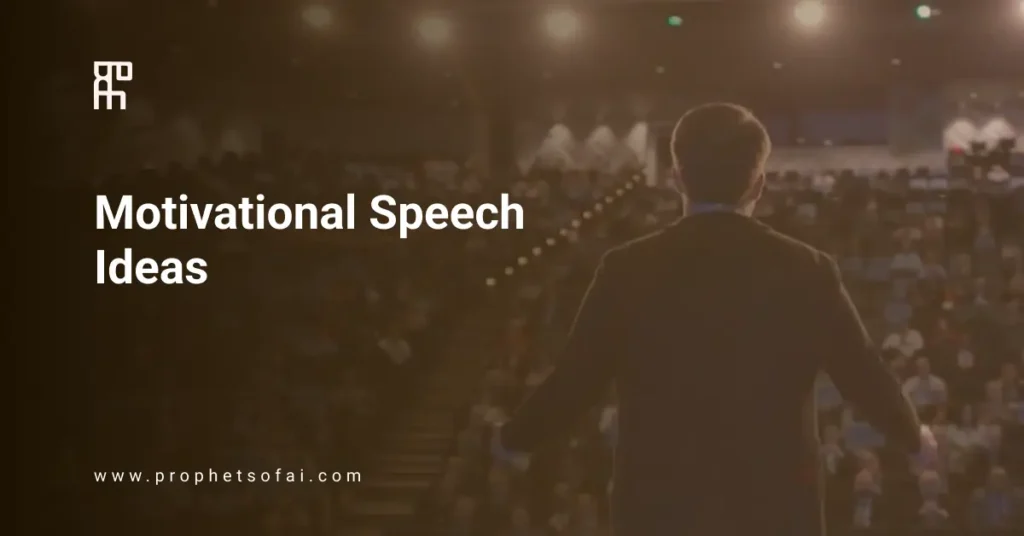We’ve all sat through presentations that felt like watching paint dry—endless slides, monotone delivery, and a speaker who seems more interested in their notes than their audience. But we’ve also experienced those rare presentations that grab our attention from the first word and leave us energized, inspired, and ready to take action. What’s the difference? Effective presentation skills. In today’s world of hybrid meetings, shrinking attention spans, and fierce competition for audience engagement, the ability to present with clarity, confidence, and connection isn’t just a nice-to-have—it’s essential for career advancement, business success, and making your ideas heard. The good news? These skills aren’t reserved for natural-born performers. They’re learnable, practical techniques that anyone can master with the right approach. Let’s explore what makes truly effective presenters stand out and how you can develop these skills yourself.
The Foundation: Three Pillars of Effective Presentations
Before diving into techniques and tactics, understand that every effective presentation rests on three fundamental pillars:
Clarity
means your audience never has to work hard to understand you. Build your presentation around one core idea—not three, not five, just one central message that everything else supports. Strip away jargon, complex terminology, and unnecessary details that cloud your point. Ask yourself: “If my audience remembers only one thing, what should it be?” Then architect everything around that answer.
Connection
transforms presentations from information dumps into meaningful exchanges. Effective presenters read their audience’s energy, respond to subtle cues, and create emotional resonance alongside data. They understand that people don’t just want facts—they want to feel something, relate to something, and trust the person delivering the message. Connection happens when you prioritize your audience’s needs over your own agenda.
Confidence
doesn’t mean perfection or eliminating all nervousness. It means presenting with authentic authority—owning your expertise while remaining human and approachable. Confidence shows in your body language, vocal delivery, and how you handle the unexpected. It’s the difference between a speaker who commands the room and one who apologizes their way through it.
Master these three pillars, and every technique you learn becomes exponentially more effective.
Before You Present: Preparation Strategies That Actually Work
Great presentations aren’t delivered—they’re built. Here’s how to prepare effectively:
Know your audience deeply:
Go beyond demographics. What are their pain points? What’s their knowledge level? What do they expect to gain? Tailor everything to these answers.
Structure with purpose:
Build three clear parts: an opening hook, organized core content, and a memorable close. Select only what serves your one core message—resist cramming everything in.
Rehearse the right way:
Practice out loud with your actual technology. Time yourself realistically. Run through three times: content, timing, polish.
Prepare for disruptions:
Have backup plans for tech failures, time cuts, or difficult questions.
Design visuals strategically:
Slides support your message, never replace it. Use minimal text and strong visuals. If they’re reading, they’re not listening.
For deeper preparation techniques, check out our guide on how to prepare for a keynote speech.
Opening Strong: The First 60 Seconds
Your opening determines whether your audience leans in or checks out. Those first 60 seconds are make-or-break moments that set the tone for everything that follows.
Five proven opening techniques:
- Provocative question: “What if everything you know about productivity is wrong?”
- Surprising statistic: “73% of employees would rather sit through a root canal than another bad presentation.”
- Personal story: Begin mid-action with a relatable moment
- Bold statement: Challenge conventional wisdom immediately
- Audience interaction: “Raise your hand if you’ve ever…”
What to avoid: Never open with apologies (“Sorry, I’m nervous”), lengthy agendas, or thanking every person in the room. Don’t introduce yourself with your entire resume—establish credibility through confident delivery, not a credentials list.
Your opening should immediately answer the audience’s silent question: “Why should I care?” Hook them emotionally first, then deliver substance.
Mastering Body Language and Vocal Delivery
Your words matter, but how you deliver them matters more.
Body language essentials:
- Eye contact: Connect with different sections of the room, holding gaze 3-5 seconds per person
- Movement: Walk with purpose between key points; plant your feet when emphasizing something important
- Gestures: Use open hand movements above the waist; avoid fidgeting, pocket hands, or repetitive gestures
- Posture: Stand tall with shoulders back—your physical confidence becomes mental confidence
Vocal techniques:
- Pace: Vary your speed; slow down for important points, speed up slightly for excitement
- Pauses: Silence is powerful—use it before and after key messages
- Volume: Project without shouting; drop volume strategically to draw people in
- Eliminate fillers: Replace “um” and “like” with brief pauses
Remember: these techniques should enhance your message, not overshadow it. The goal is authentic delivery, not performance theater.
Audience Engagement: Keeping Attention in a Distracted World
In an era of endless notifications and eight-second attention spans, engagement isn’t optional—it’s survival.
Interactive techniques that work:
- Strategic questions: Mix rhetorical questions (“What would you do?”) with direct audience polling
- Live exercises: Quick activities like “turn to your neighbor and share…”
- Story invitations: “Has anyone here experienced something similar?”
- Real-time demos: Show, don’t just tell
The 10-minute rule: Human attention naturally wanes every 7-10 minutes. Combat this by changing your format, introducing a new element, or shifting energy. Move from story to data to interaction to video—variety maintains engagement.
Technology as enhancement: Use props, live demos, or multimedia strategically, but never let technology become a crutch. Each element should serve your message.
Read the room: Watch for confusion (furrowed brows), boredom (phone checking), or enthusiasm (leaning forward). Adjust your pace, add examples, or invite questions based on what you observe.
Create shareable moments: Design “tweet-worthy” statements or visuals that audiences want to capture and share, extending your impact beyond the room.
For more engagement strategies, explore our guide on ways to engage an audience.
The Power of Storytelling in Presentations
Facts tell, but stories sell. While data informs, stories transform information into memorable experiences that stick long after your presentation ends.
Why stories work: Our brains are wired for narrative. We remember stories 22 times more than facts alone. Stories create emotional connections, making abstract concepts tangible and relatable.
The storytelling structure: Every great story has three parts—context (set the scene), conflict (introduce the challenge), and resolution (show the outcome). This simple framework works for personal anecdotes, case studies, and customer success stories alike.
When to use stories: Open with a personal story to build rapport. Use case studies to illustrate complex points. Share customer experiences to demonstrate impact. But keep stories relevant and concise—a good story serves your message, never overshadows it.
Making data memorable: Instead of saying “70% of customers improved efficiency,” tell the story of one customer’s transformation. The specific beats the general every time.
Want to dive deeper into business storytelling? Check out our guide on the importance of storytelling in business.
Handling Q&A Like a Pro
Q&A sessions separate good presenters from great ones. Use this formula: pause (gather thoughts), repeat the question (ensure everyone heard), answer concisely, then check for understanding.
Key strategies: Anticipate tough questions during preparation. Stay calm with difficult questioners—acknowledge concerns without defensiveness. Redirect off-topic questions politely. When you don’t know something, admit it honestly and offer to follow up later—faking expertise destroys credibility.
The secret: Every answer is an opportunity to reinforce your core message. Bridge responses back to key points naturally.
Overcoming Presentation Anxiety
Nerves are normal—even seasoned speakers feel them. The key is reframing anxiety as excitement and energy.
Quick anxiety management:
- Pre-presentation rituals: Deep breathing exercises, power poses, or visualization techniques
- Reframe nervousness: Your racing heart means you care about doing well
- Start small: Build confidence presenting to smaller groups before tackling larger audiences
- Turn mistakes into moments: If you stumble, acknowledge it with humor and move forward
Professional speakers don’t eliminate nerves—they channel them into dynamic energy. The audience wants you to succeed, not fail.
For comprehensive strategies, read our guide on ways to overcome stage fright.
Common Presentation Mistakes and Quick Fixes
Avoid these pitfalls that undermine even well-prepared presentations:
- Reading from slides → Use slides as visual support only; speak to your audience, not your screen
- Talking too fast → Breathe, pause intentionally, practice pacing
- Ignoring time limits → Rehearse with a timer, identify cut points in advance
- Weak conclusions → Plan your closing as carefully as your opening—end with impact
- Over-apologizing → Replace “Sorry if this is boring” with confidence and authenticity
Small adjustments create massive improvements in audience perception.
Continuous Improvement: Level Up Your Skills
Great presenters never stop learning. Record your presentations and watch them critically—you’ll spot habits you didn’t know you had. Seek honest feedback from trusted colleagues. Study exceptional speakers on TED Talks and at conferences, noting what techniques resonate.
Join speaking groups like Toastmasters for regular practice in supportive environments. Start with low-stakes presentations to experiment with new techniques. Consider hiring a speaking coach for personalized guidance.
Presentation skills compound—each small improvement builds on the last.
Conclusion
Effective presentation skills aren’t innate talents—they’re learnable techniques built through practice and intention. Master the three pillars of clarity, connection, and confidence. Prepare thoroughly, open strong, engage actively, and handle challenges gracefully. Start by implementing one or two techniques from this guide, then gradually expand your toolkit.
Remember: your unique perspective combined with proven presentation skills creates genuine impact. Ready to see these skills in action? Explore world-class speakers at Prophets of AI who’ve mastered the art of captivating audiences.





